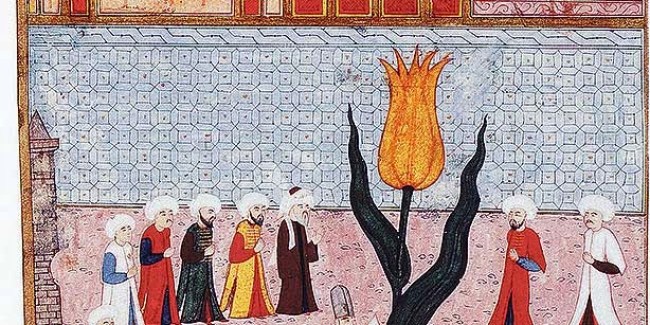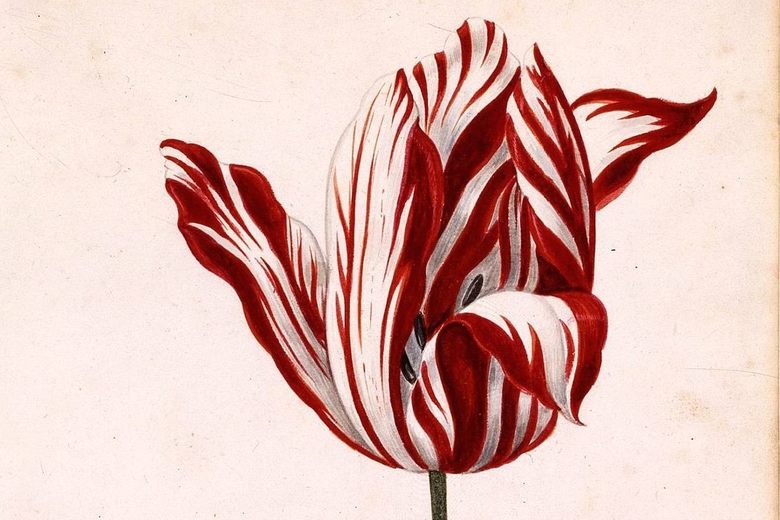(2)
SKULL TOWER
The Skull Tower is a stone monument, embedded with human skulls that was constructed by soldiers of the Ottoman Empire after the Battle of Cegar in 1809.
(1)

(2)
(3)
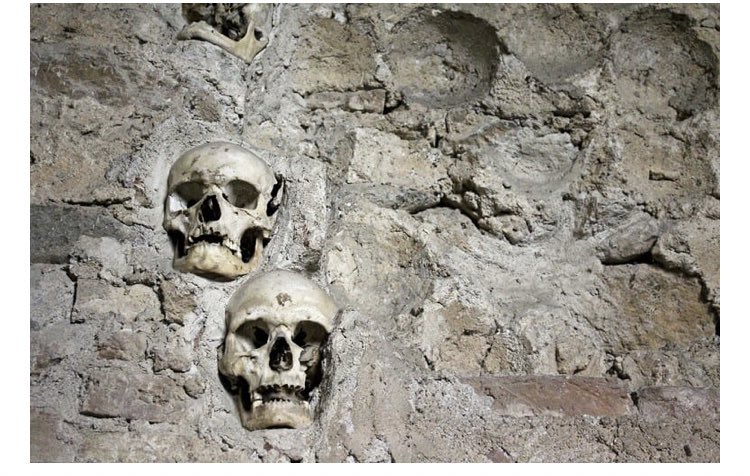
(4)
The heads were stuffed with straw and sent to the Ottoman sultan, Mahmud II at the Imperial Palace in Istanbul to celebrate the victory.
(5)
With the Ottoman withdrawal in 1878, the Royal Serbian Army searched the town for the missing skulls,
(6)
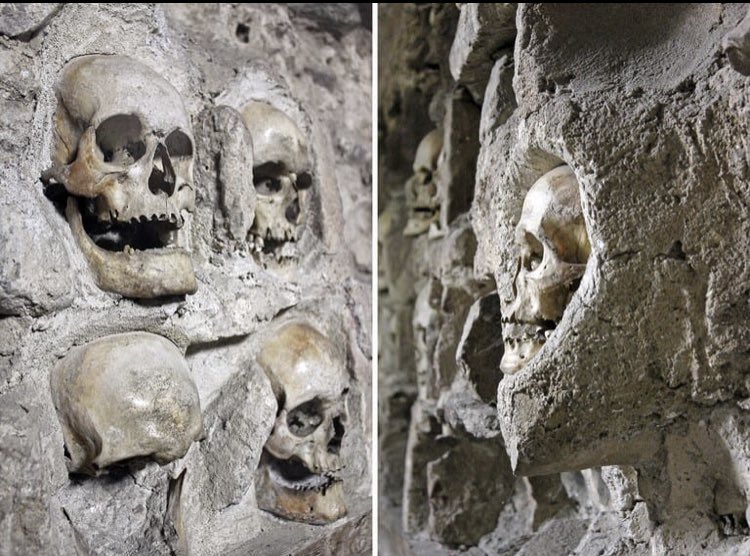
(7)
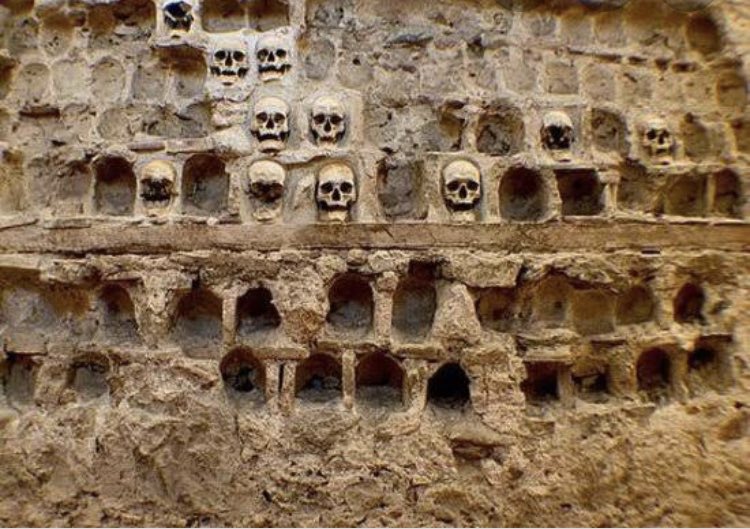
In 1948, the Skull Tower and the chapel enclosing it were declared Cultural Monuments of Exceptional
(8)





